I've followed the tutorial here to create a VPC with public and private subnets.
Then I set up an AWS lambda function inside the public subnet to test if it could connect to the outside internet.
Here's my lambda function written in python3
import requests
def lambda_handler(event, context):
r = requests.get('http://www.google.com')
print(r)
The function above failed to fetch the content of http://www.google.com when I set it inside the public subnet in a VPC.
Here's the error message:
"errorMessage": "HTTPConnectionPool(host='www.google.com', port=80): Max retries exceeded with url: / (Caused by NewConnectionError(': Failed to establish a new connection: [Errno 110] Connection timed out',))", "errorType": "ConnectionError",
I don't understand why.
The route table of the public subnet looks like this:
The GET request to http://www.google.com should match igw-XXXXXXXXX target. Why can't the internet-gateway(igw) deliver the request to http://www.google.com and get back the website content?
This article says that I must set the lambda function inside the private subnet in order to have internet access.
If your Lambda function needs to access private VPC resources (for example, an Amazon RDS DB instance or Amazon EC2 instance), you must associate the function with a VPC. If your function also requires internet access (for example, to reach a public AWS service endpoint), your function must use a NAT gateway or instance.
But it doesn't explain why I can't set the lambda function inside the public subnet.




